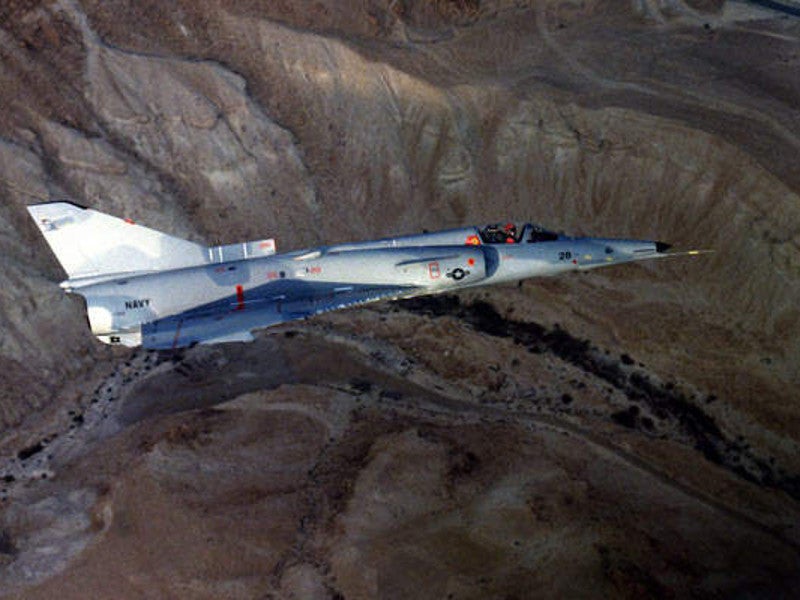AveMarica
Platinum Member
- Aug 16, 2023
- 563
- 282
- 498
On the speed thing, it is interesting with fighters raw speed topped out 50 years ago.
F-104 mach 2
F-106 mach 2.3
F-14 mach 2.34
F-15 mach 2.5
F-16 mach 2.1
F-18 mach 1.8
F-22 mach 2.25
F-35 mach 1.6
Of course those are clean numbers since in reality the drag penalties for an actual combat load can be significant, exception being the 5th gens that can sortie with a combat load internal. An F-16 with fuel tank(s), targeting pod, a couple JDAMs/Paveways, and a couple AAMs probably isn't even breaking the sound barrier, but an F-35 on same combat mission is still able to hit exactly mach 1.6 since targeting pod built-in, long legs on internal fuel, and weapon load in the bay.
Back on topic though, can we get some Kfir love in this thread? Colombia and Sri Lanka still roll with 'em...
F-104 mach 2
F-106 mach 2.3
F-14 mach 2.34
F-15 mach 2.5
F-16 mach 2.1
F-18 mach 1.8
F-22 mach 2.25
F-35 mach 1.6
Of course those are clean numbers since in reality the drag penalties for an actual combat load can be significant, exception being the 5th gens that can sortie with a combat load internal. An F-16 with fuel tank(s), targeting pod, a couple JDAMs/Paveways, and a couple AAMs probably isn't even breaking the sound barrier, but an F-35 on same combat mission is still able to hit exactly mach 1.6 since targeting pod built-in, long legs on internal fuel, and weapon load in the bay.
Back on topic though, can we get some Kfir love in this thread? Colombia and Sri Lanka still roll with 'em...



:max_bytes(150000):strip_icc()/f-104-starfighter-large-56a61c555f9b58b7d0dff7a8.jpg)

